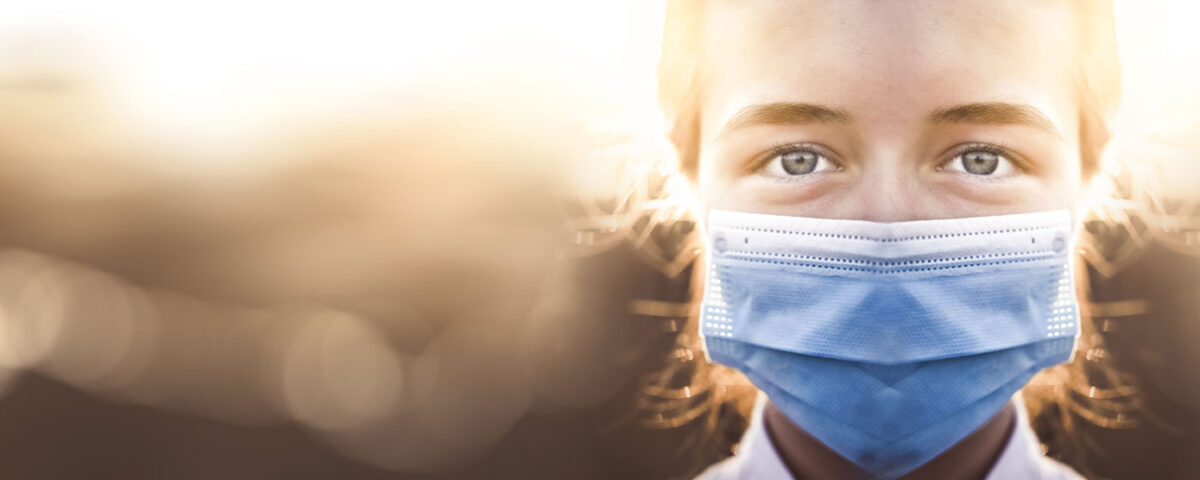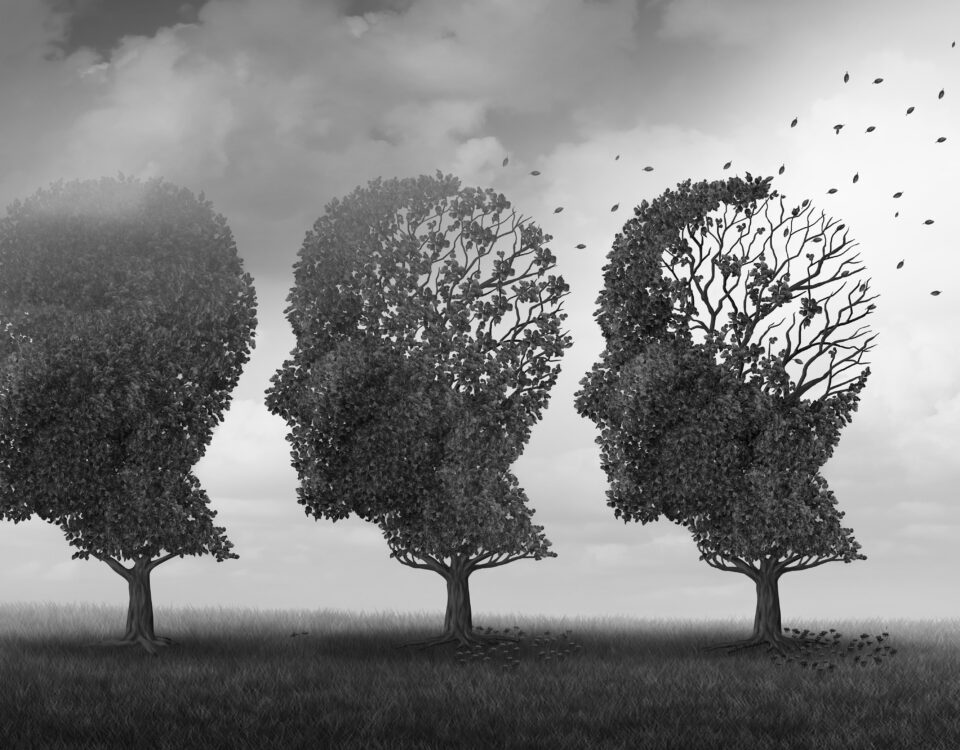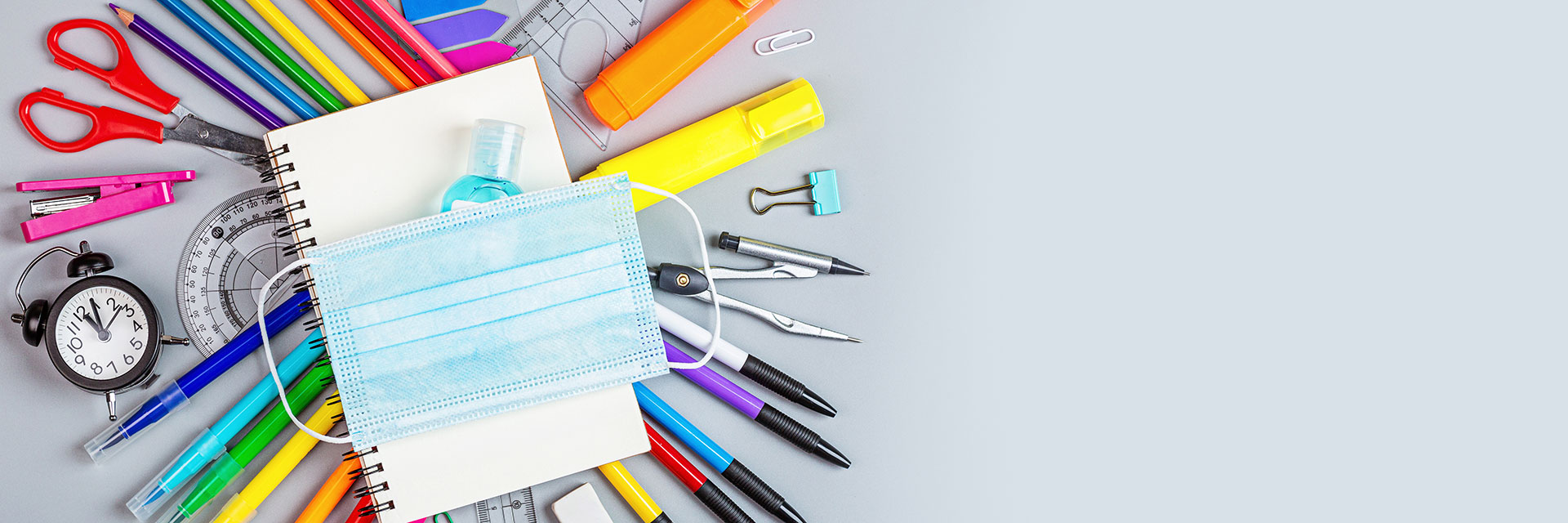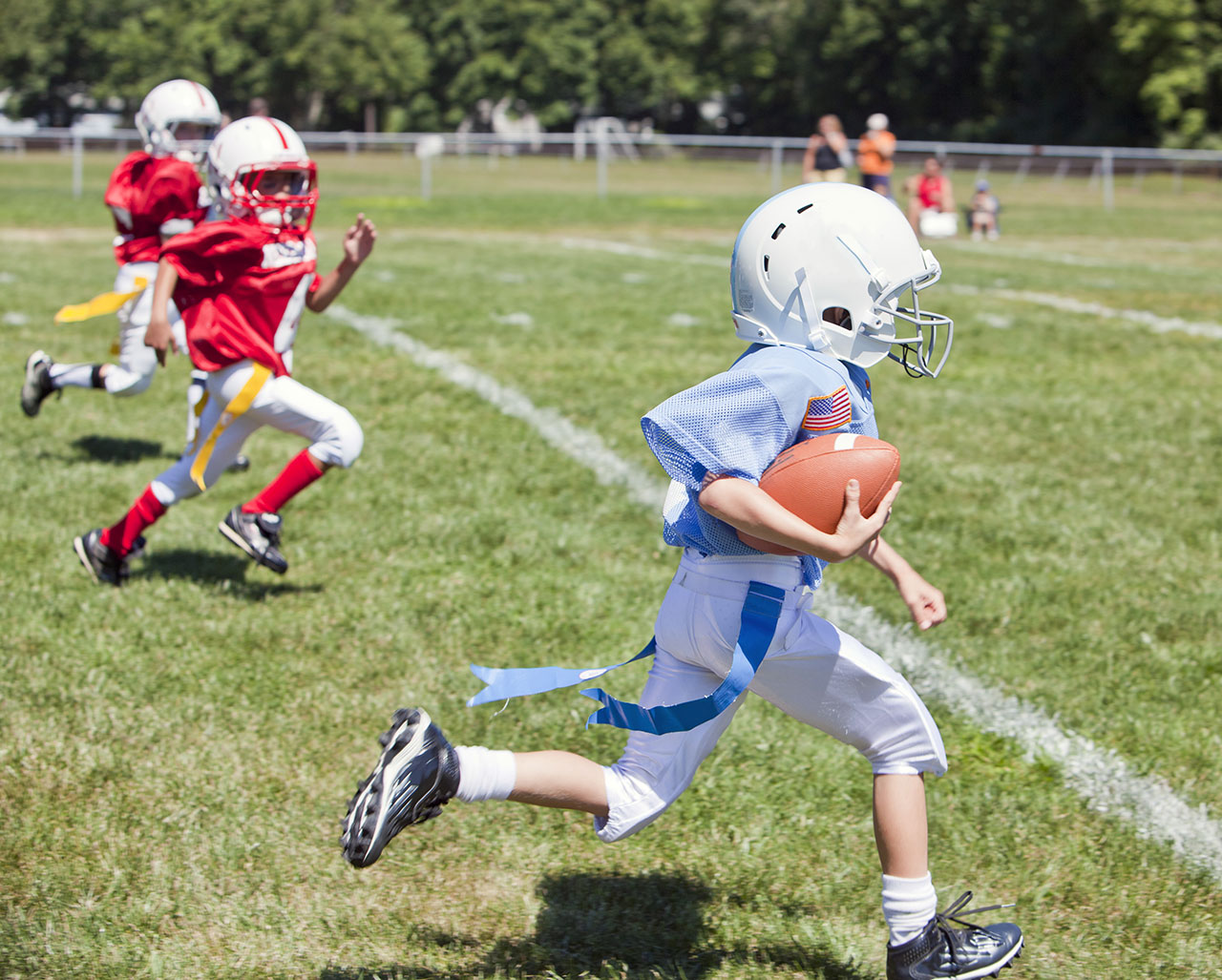by Susannah Wollman
Why wear a mask?
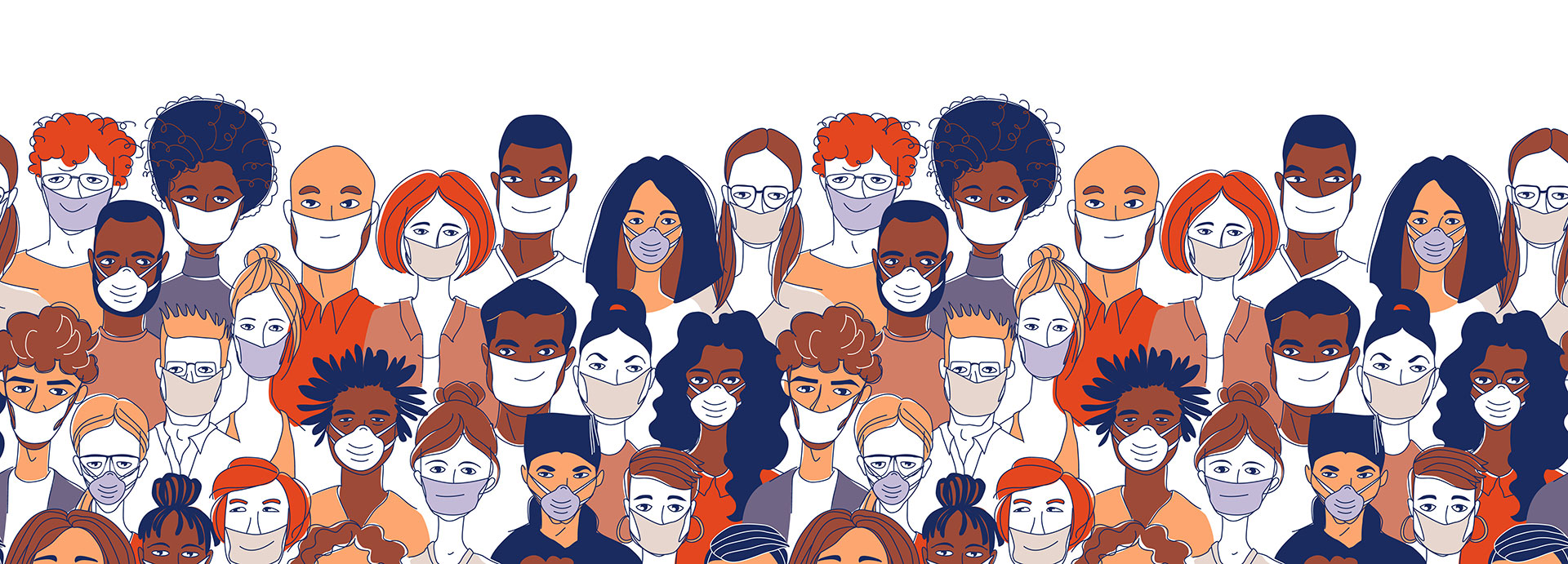
Everybody agrees: masks are uncomfortable and hard to breathe and talk through. So why are we being told to wear them? Do they really help?
According to the US Centers for Disease Control and Prevention (CDC), it is thought that the SARS-CoV-2 virus that causes COVID-19 can be spread person-to-person by close contact (within 6 feet) with an infected individual.1 As the person who has COVID-19 coughs, sneezes or even speaks, the virus can be spread through tiny droplets that land in another’s mouth or nose. They suggest that people without symptoms can spread the virus when they don’t realize they have it.
According to The World Health Organization (WHO),2 there is not enough information available to say whether or not masks are helpful in containing the spread of COVID-19.
They freely admit that how coronavirus spreads is not known for sure. We really don’t know as much about the disease as we would like. However, those who do contract the disease can become quite ill or even die from complications of COVID-19. Dr. Anthony Fauci, director of the National Institute of Allergy and Infectious Disease, says that wearing masks “isn’t the only thing, but it is an important component” to stopping the spread of the disease.
Can the disease be spread other ways?
Yes, but how easily is not known. That’s why it’s important to wash your hands frequently and sanitize often-touched surfaces frequently. It is possible that pets can contract COVID-19 but extremely unlikely that they can spread it to human beings, says WHO.
Are masks mandatory in Texas?
Although there is no federal mandate on wearing a face mask, each state has its own rules regarding the use of masks. In Texas, as of July 3, all residents are ordered to wear a face covering in public, though counties with 20 or fewer active cases of the coronavirus can be exempt from the order. However, many counties have opted out of the order and others aren’t enforcing it. It is best to check your county’s ruling on masks before venturing out in public.
What kind of mask should you wear?
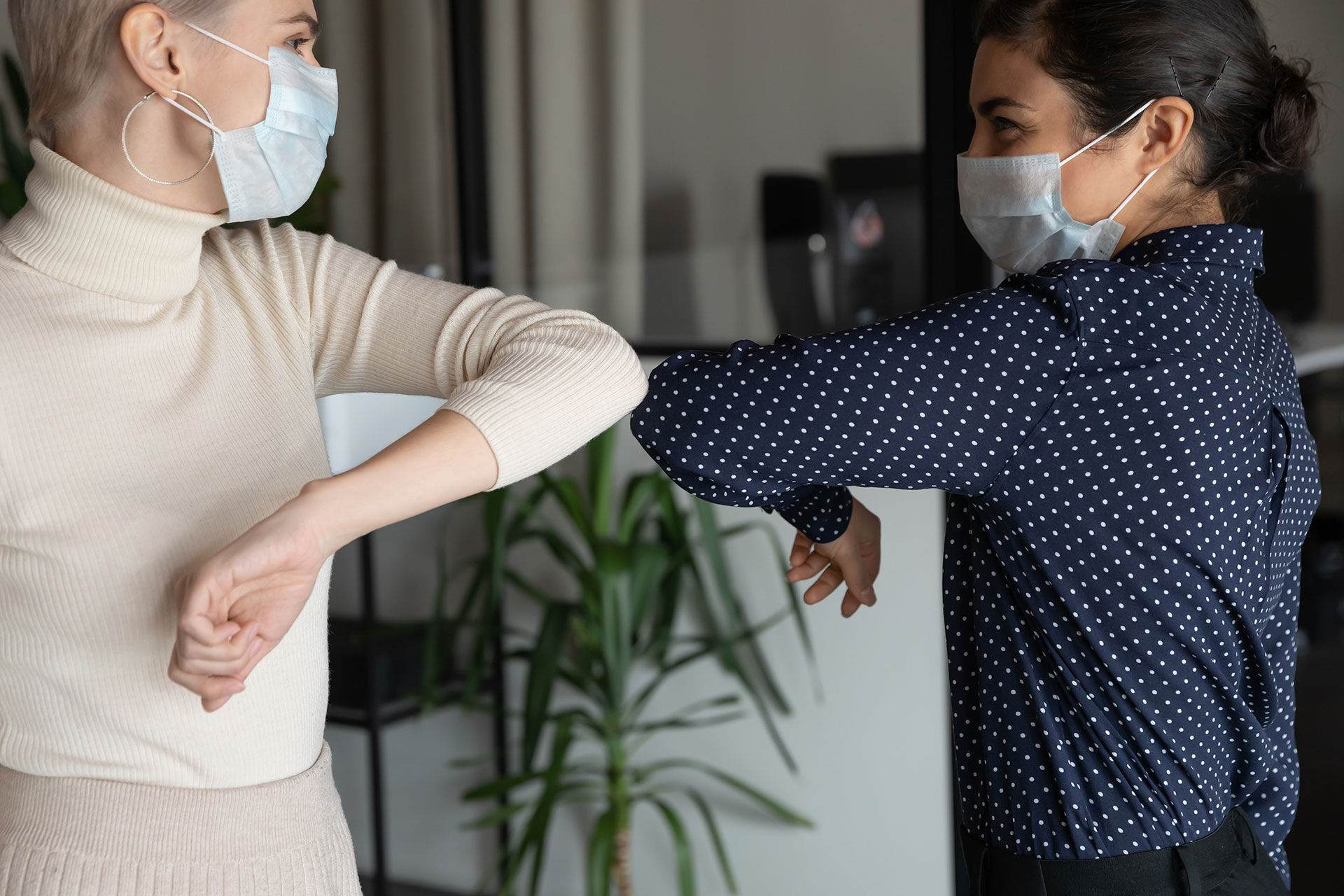
There are a plethora of mask designs for cloth masks, which are the recommended type for the general public. What are not suggested types are surgical and N95 masks needed by health care providers. Surgical (aka medical) masks are single-use, disposable masks that protect medical personnel from droplets or sprays of germs from patients. They also screen out large particles in the air. N95 masks, as the name suggests, screen out 95% of particles carried by air.
Wouldn’t those masks make more sense?
Actually, no. Some N95 masks are easier to breathe through via a valve that releases unfiltered air when the wearer exhales. Some cloth masks also have these valves. Although it can make breathing easier, it does not prevent the wearer from spreading the disease in the unfiltered air that is released. Because of this, these masks are banned.
So what is the best mask to prevent the spread of COVID-19?
You can help prevent the spread of the virus by wearing a simple, homemade cloth mask or even a scarf or bandana, so long as it is multiple layers and forms a seal around your nose and mouth. Children under the age of 2 and people with difficulty breathing should not wear masks. The CDC has instructions on their website for how to make sewn or unsewn cloth masks.
Mask do’s and don’ts
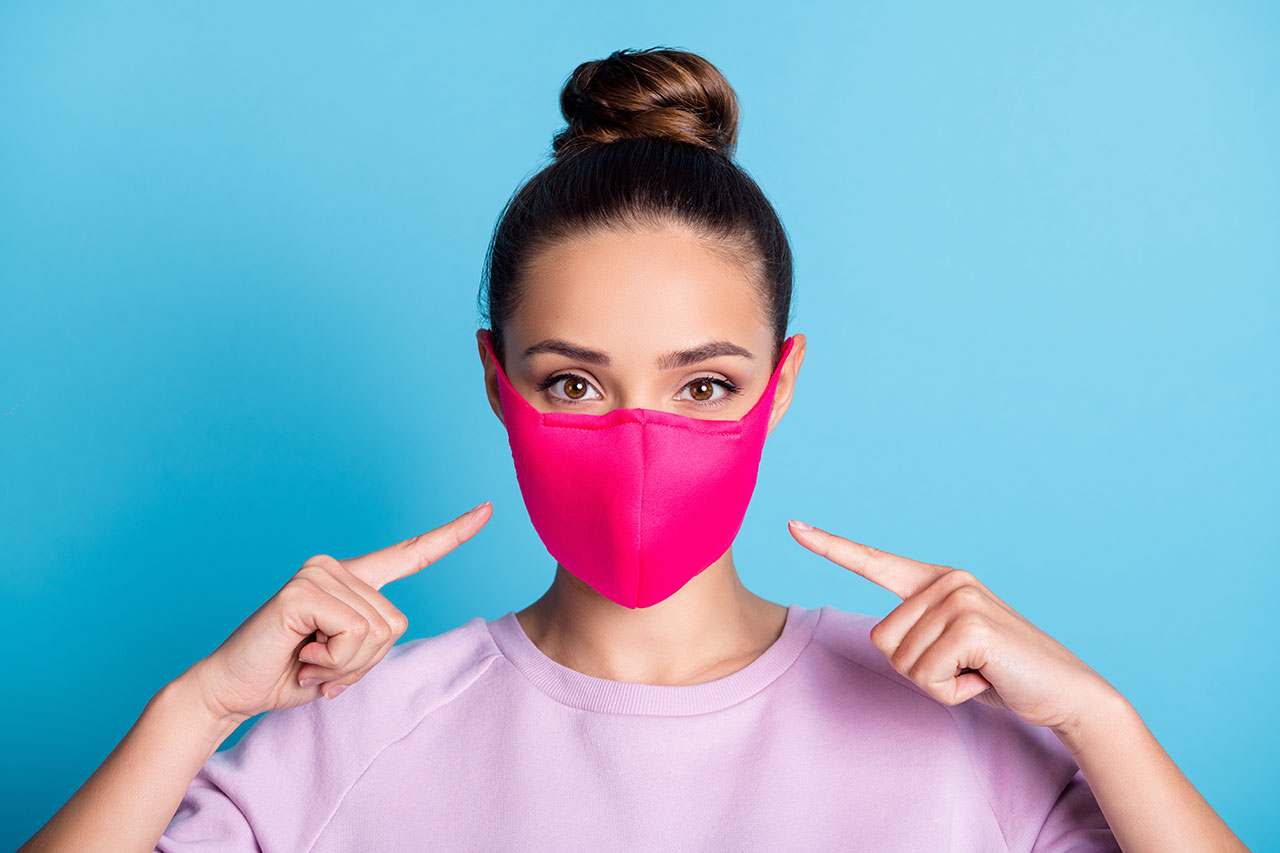
- Completely cover both your mouth and your nose with a snuggly-fit, cloth mask.
- Secure your mask in place with ties or ear loops.
- Squeeze the bridge of the nose to ensure the mask molds to your face.
- Don’t touch the mask with your hands after you have it on.
- Don’t wear it around your neck between times that you put it on.
- Wash your hands both before and after putting your mask on or taking it off.
- Wash your mask each time you wear it with soap and water (in your laundry with other clothes is fine).
Lots of ways to NOT wear your mask
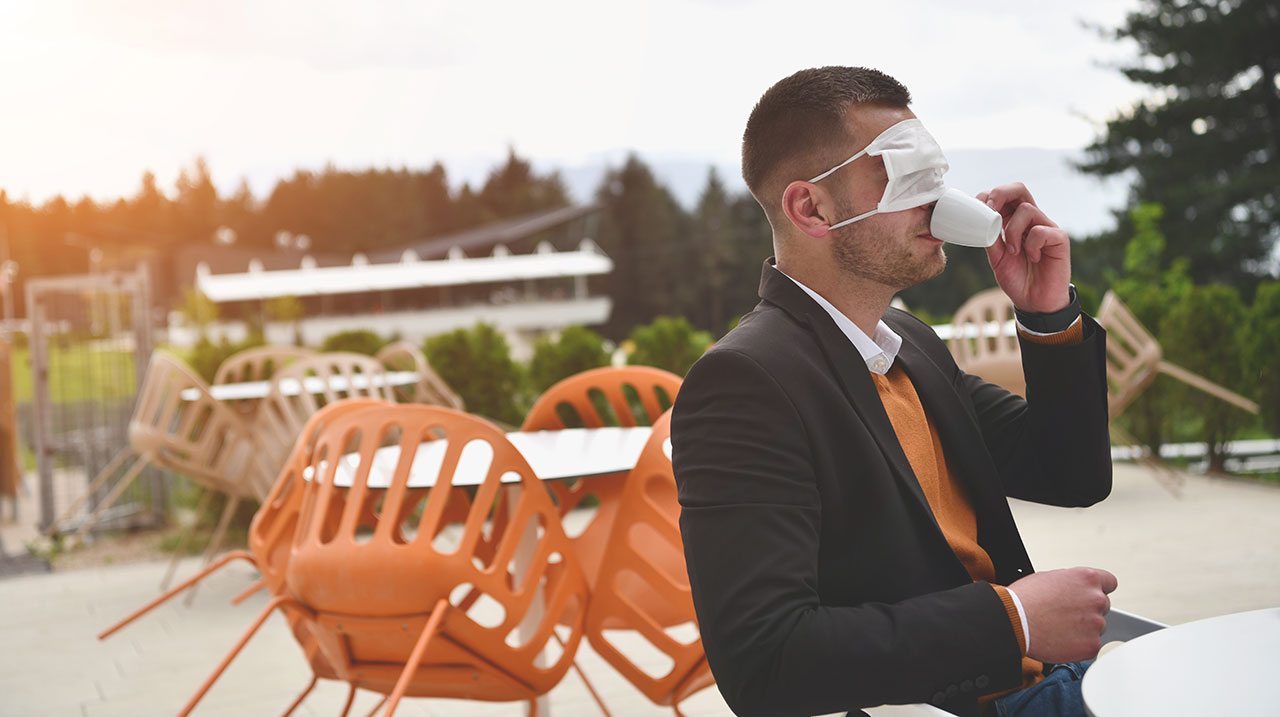
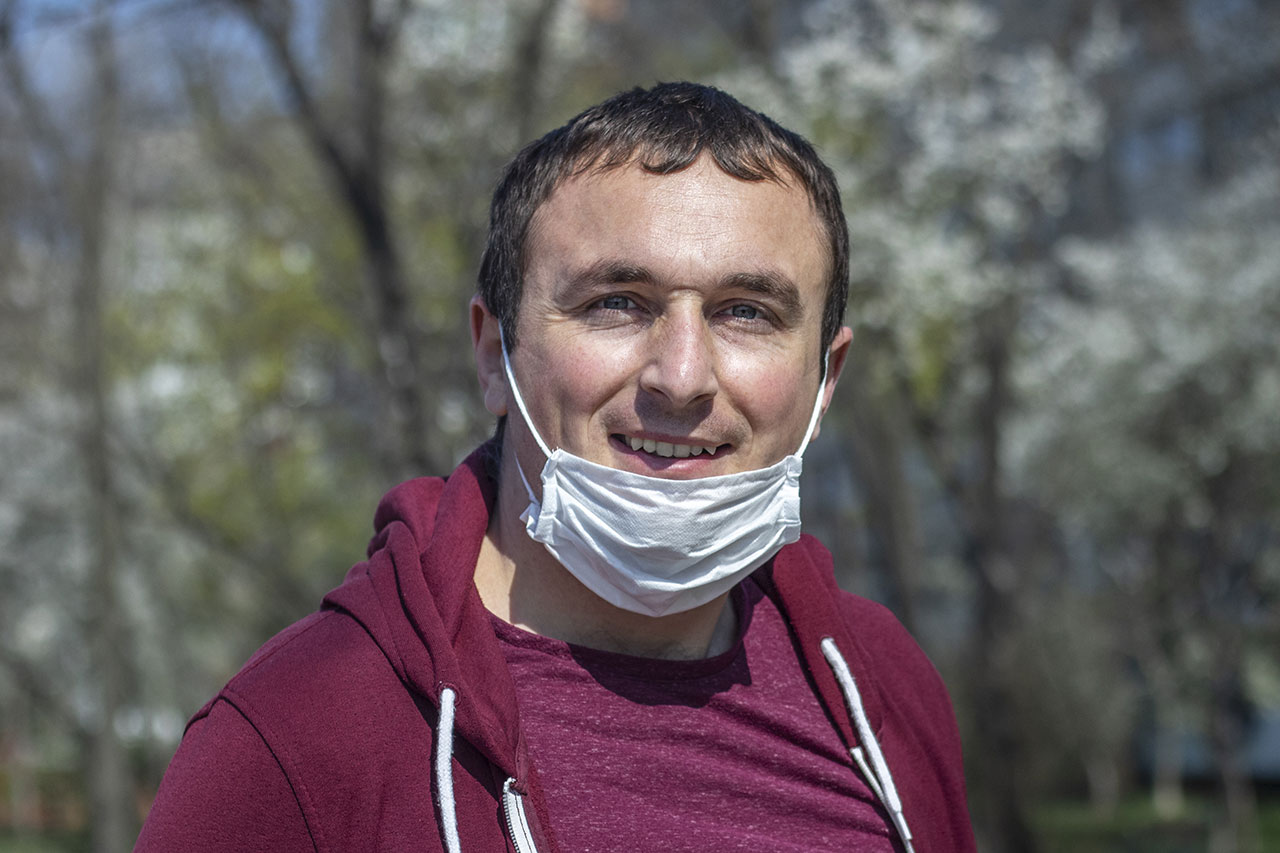
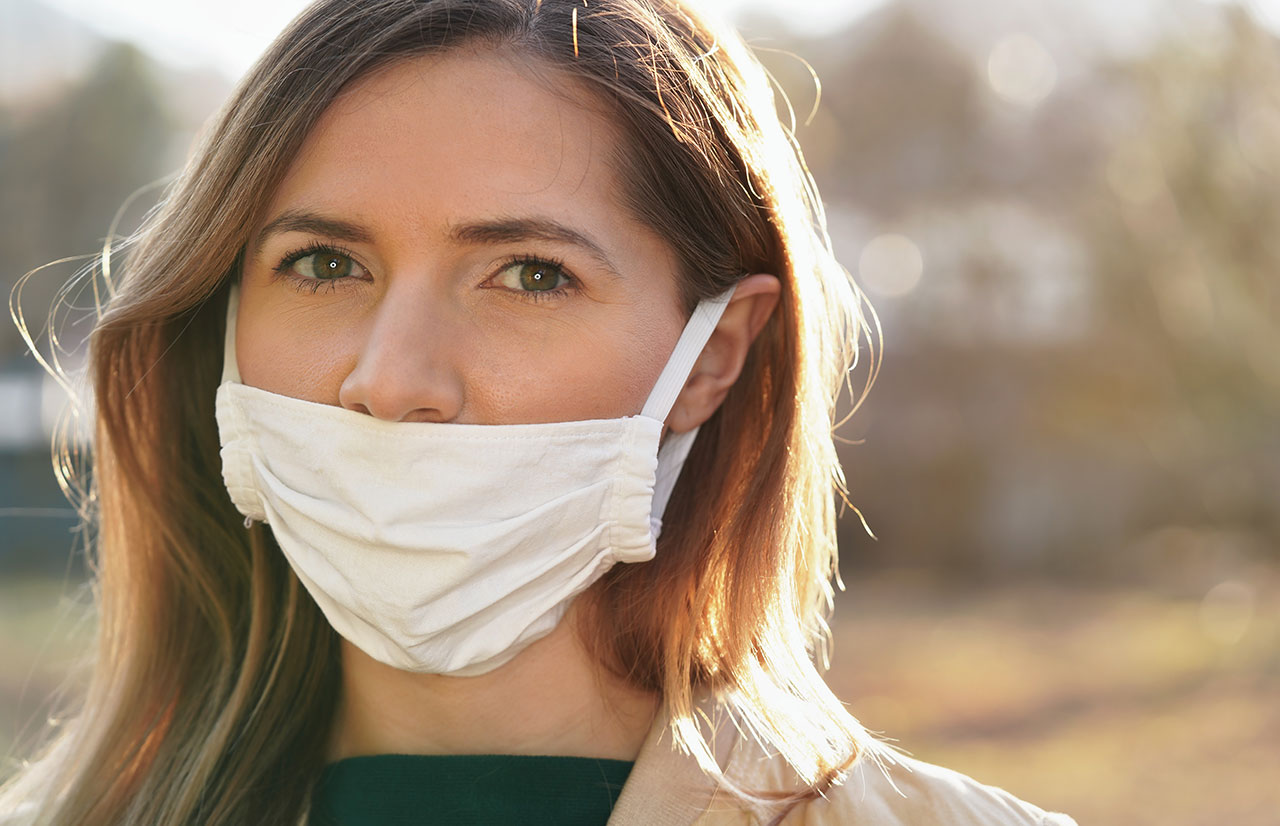
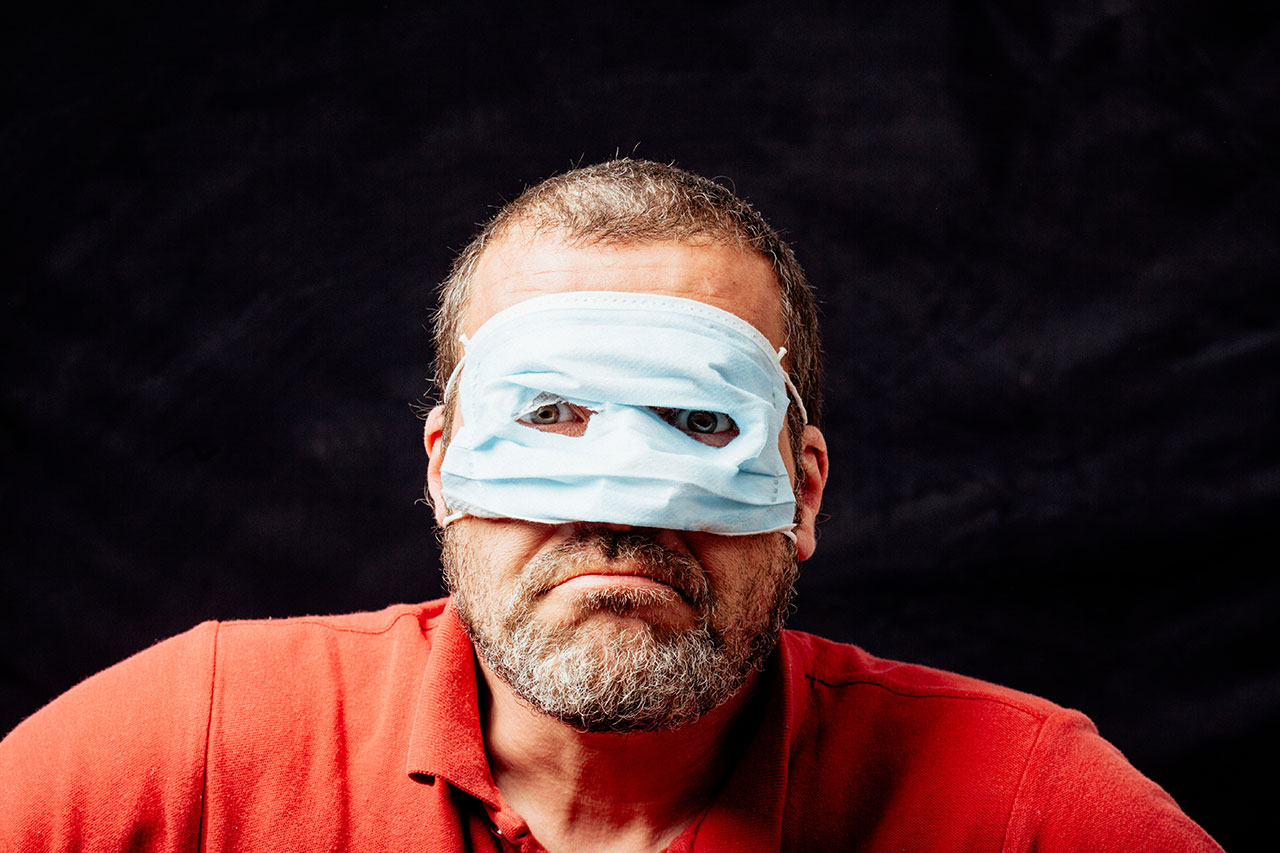
And finally, some very creative face mask ideas!

Ajeng Dinal Ulfiana
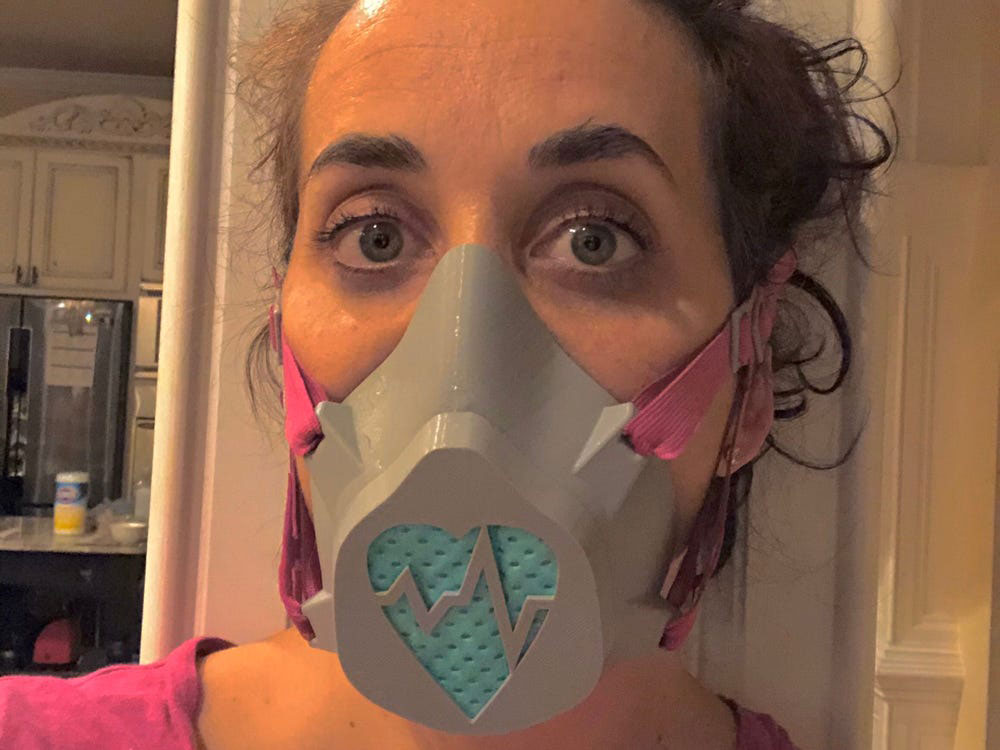
Allison Dupont
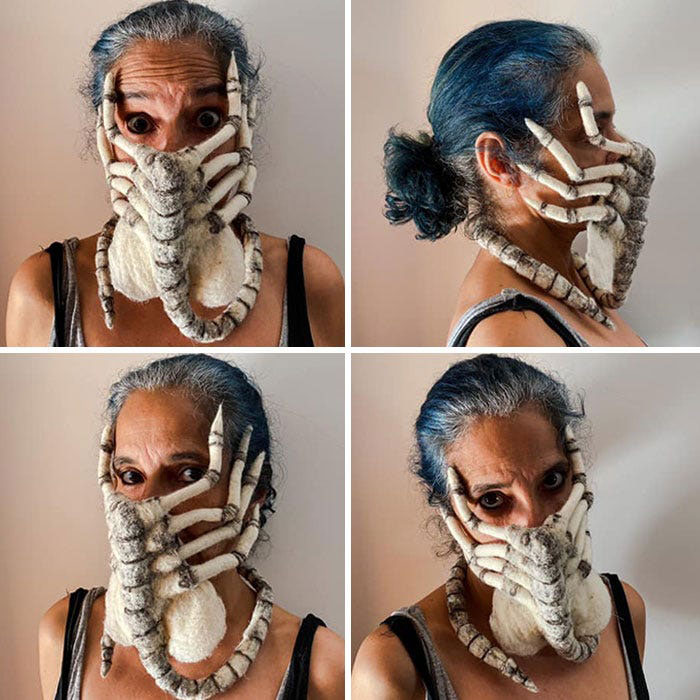
Cristina Rodo
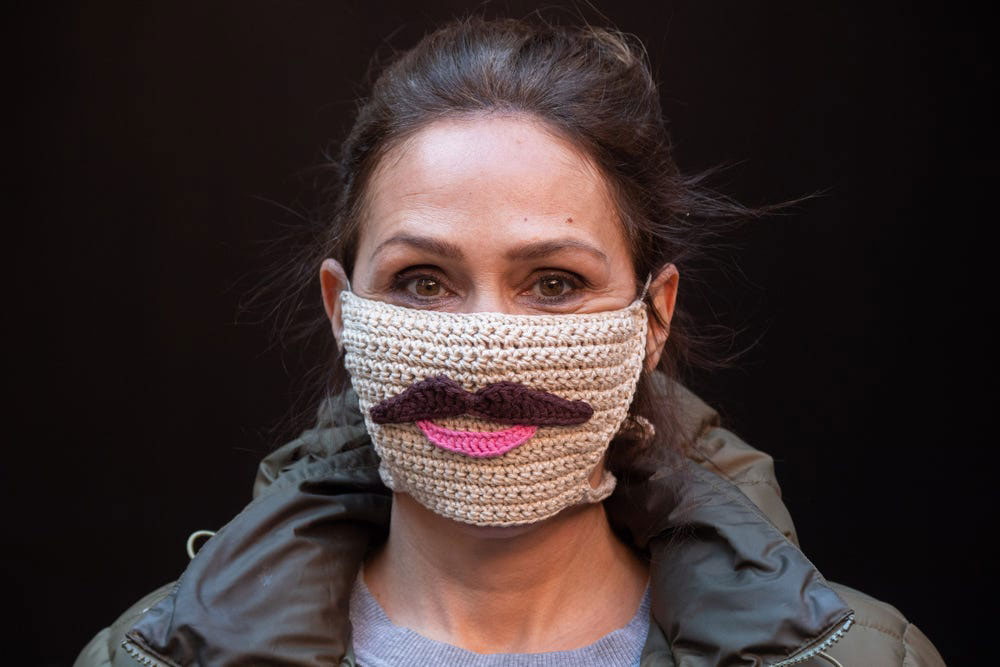
Mansha Friedrich
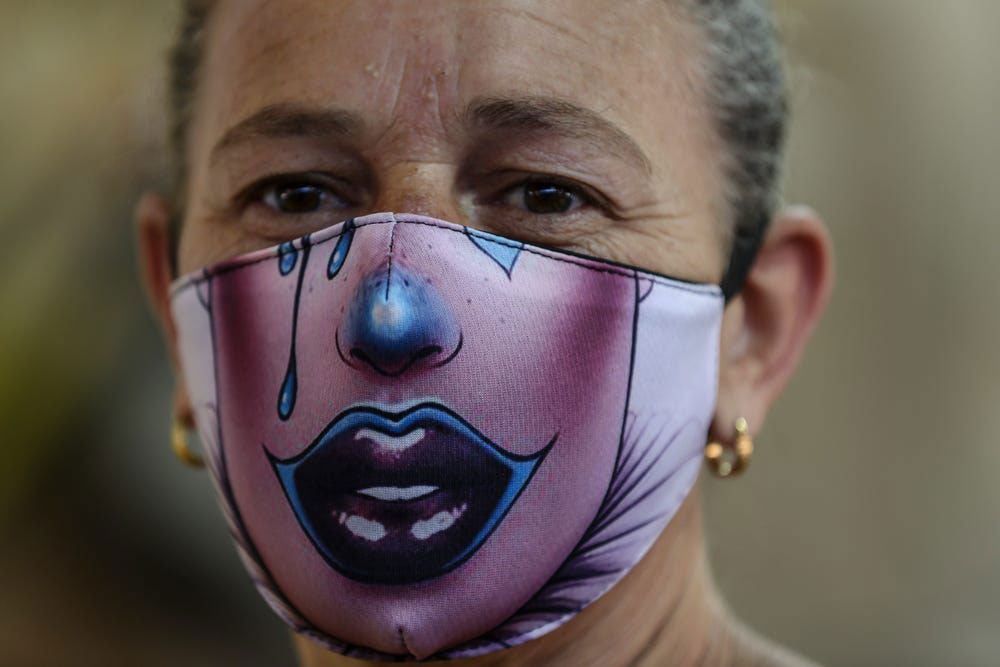
picture alliance/Getty Images
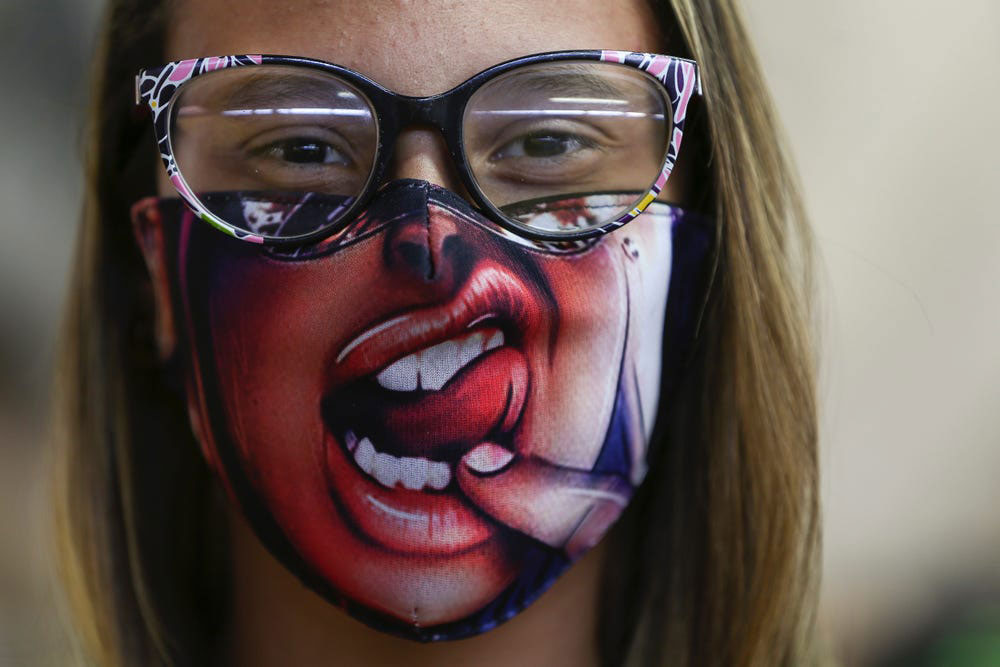
picture alliance/Getty Images
FOOTNOTES
- [1] How Coronavirus Spreads. (n.d.). Retrieved August 03, 2020
- [2] Q&A on coronaviruses (COVID-19). (n.d.). Retrieved August 03, 2020

